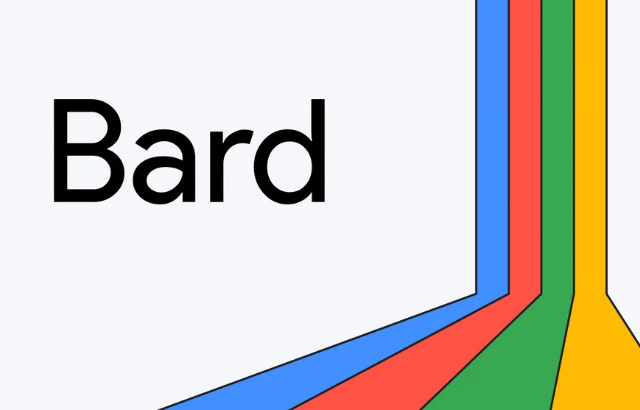Google’s AI tool Google Bard now operates on a global scale, has improved coding, can handle images, and is preparing to integrate with numerous apps.
Bard, Google’s experimental generative AI tool, is receiving a number of updates.
Image capabilities, coding features, and app integration are some of the new features.
Google is also removing the Bard waitlist and opening up access to the tool to more than 180 nations and territories.
With plans to soon cover 40 languages, Bard will now serve Japanese and Korean as part of its global expansion.
Google Bard’s Journey So Far
Bard was first made accessible in the United States and the United Kingdom less than two months ago.
Users can work together with generative AI using Bard, opening up a wide range of inventive and creative applications.
Google has quickly responded to customer comments since its launch, enhancing the user experience.
In order to support current advancements like enhanced math, reasoning, and coding skills, Google recently upgraded Bard to PaLM 2, a more competent large language model.
Related Article: How to Use Bard, Google’s New AI Chatbot?
Image Integration with Google Lens
Bard will soon include image capabilities. By using this, you may ask Bard for information on important sites in a particular city and receive text-based answers with rich images.
By incorporating Google Lens’s capabilities into Bard, you will be able to input photos in addition to text for your prompts.
Enhancements For Developers
Google is updating Bard with a few significant changes in response to developer input.
These consist of an “Export” button, a new dark theme, and more accurate source citations.
The Export button enhances a well-liked function that lets users export and execute Python-based programs using Google’s partner Replit.
Google is also introducing two additional export methods that will make it simpler to move Bard’s responses into Gmail and Docs, enabling the creation of emails and documents.
SEO Implications of Google Bard
Google has not yet announced any plans to use Bard in its search engine, but it is possible that it could have a significant impact on SEO.
One potential impact of Bard is that it could make it more difficult for websites to rank for competitive keywords. Bard is able to generate high-quality content that is relevant to a wide range of topics. This means that websites that rely on keyword stuffing and other black hat SEO techniques may find it more difficult to compete with websites that produce high-quality content. So you may need to get professional SEO services from white hat SEO professionals.
The way people interact with search engines could be altered by Bard, which is another possible effect. Bard can deliver tailored responses by comprehending the context of the user’s search query. This suggests that people are more likely to engage with Bard directly and less likely to click on conventional search results pages.
Overall, the impact of Google Bard on SEO is still uncertain. However, it is clear that Bard has the potential to disrupt the SEO landscape. SEO professionals will need to adapt their strategies to account for the rise of Bard and other AI-powered technologies.
Future Plans of Google Bard: App Integration and More
The features of numerous apps and services, including Docs, Drive, Gmail, Maps, and others, will be included in the Bard experience by Google.
Know more about the future plans of Bard from the official announcement.
With extensions from outside partners, Bard will also be able to link to a variety of online services, including Kayak, OpenTable, ZipRecruiter, Instacart, Wolfram, and Khan Academy.
Bard will soon incorporate Adobe Firefly, enabling users to convert their concepts into images that may then be altered or included in designs in Adobe Express.


